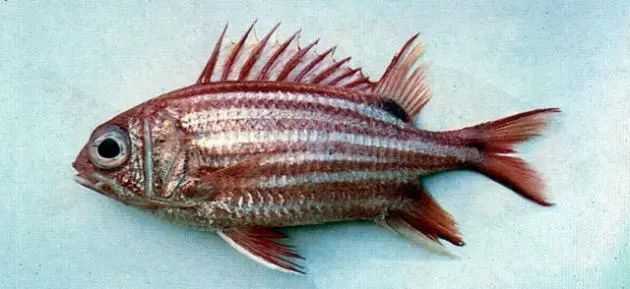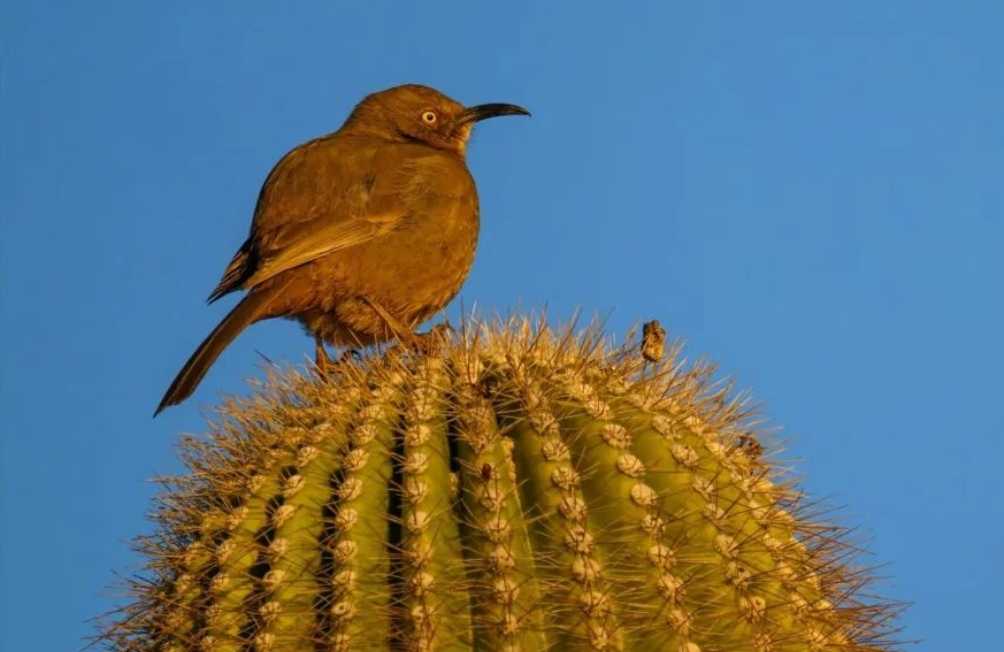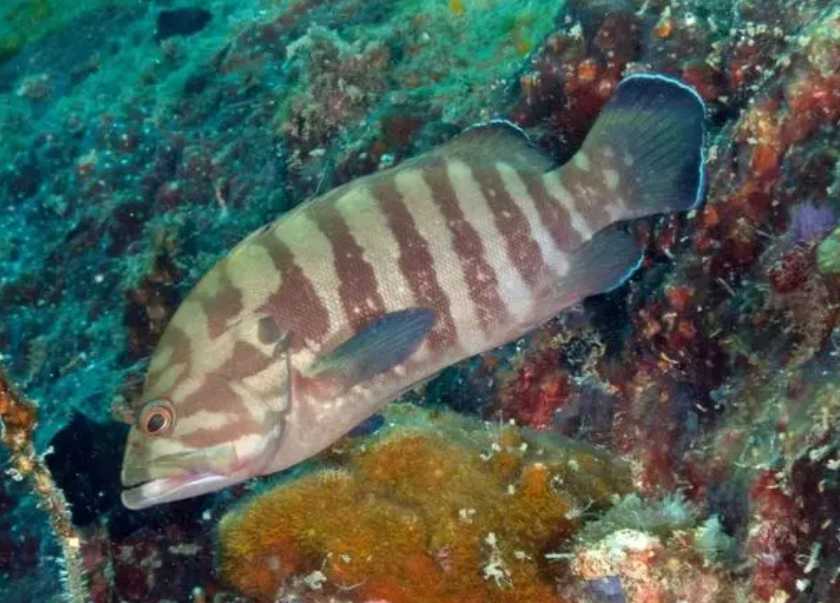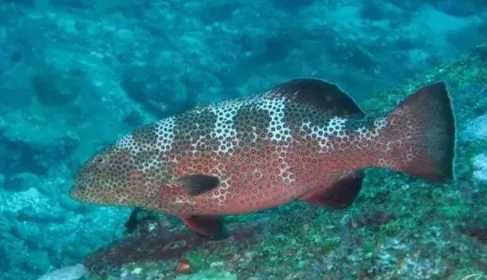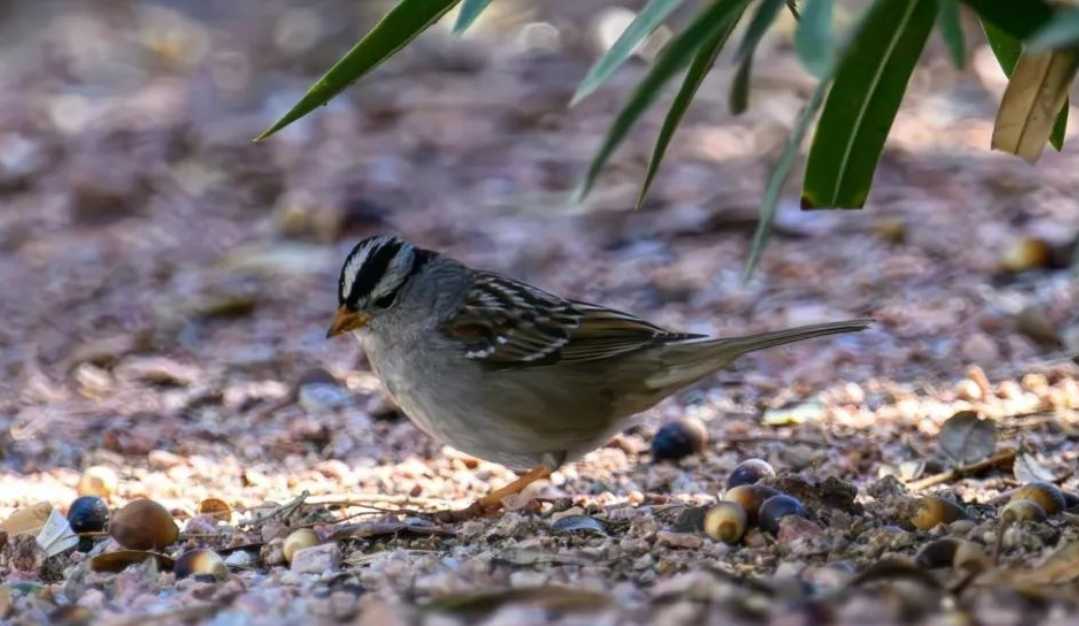Growing up to 30 centimeters in length, the black-banded soldierfish features large, reflective eyes adapted for low-light activity, a hallmark of its nocturnal lifestyle. Its dorsal fin is armed with sharp spines, providing defense against predators, while the soft-rayed posterior portion aids in maneuverability among coral branches. By day, it seeks shelter in crevices, caves, or under overhangs of coral reefs, often forming dense groups to reduce individual predation risk. At night, it emerges to forage for small crustaceans, mollusks, and zooplankton, using its keen senses to detect prey in the dark.
Distributed from the Red Sea and East Africa to the waters of Japan, Australia, and French Polynesia, Sargocentron punctatissimum plays a vital role in reef ecosystems as both a mesopredator and a prey species for larger fish. Its bold coloration serves as a warning to potential predators of its spiny defenses, while the black band may aid in camouflage or social recognition within schools. Though not targeted for commercial fishing due to its small size and firm flesh, it is occasionally caught for local subsistence or the aquarium trade, valued for its vivid colors in reef displays. However, like many reef-dependent species, it faces threats from coral degradation, pollution, and destructive fishing practices. Conservation efforts focused on preserving coral habitats and promoting sustainable aquarium collection are crucial to ensuring its survival. As a symbol of the resilience and beauty of tropical reefs, this black-banded soldierfish highlights the interconnectedness of all marine life and the need for proactive conservation to protect these fragile ecosystems.
